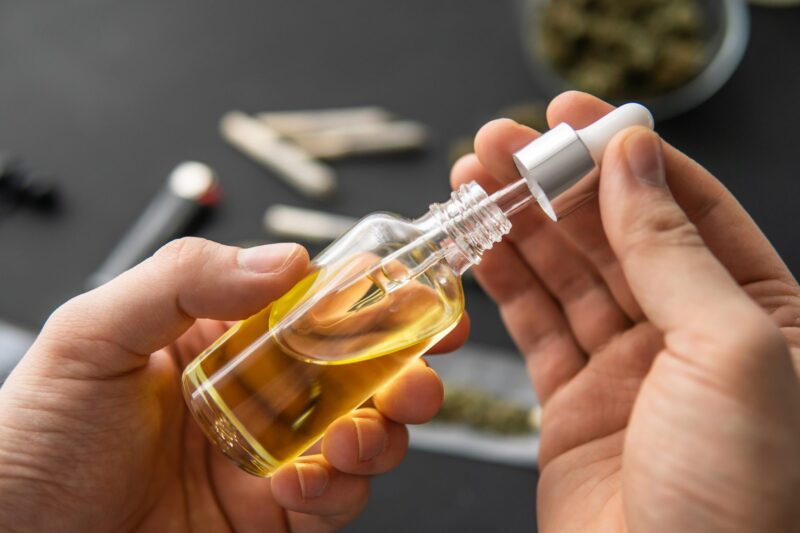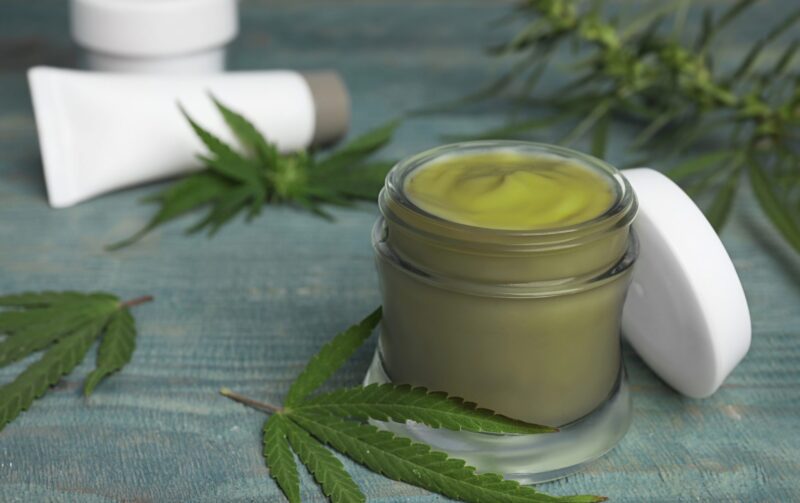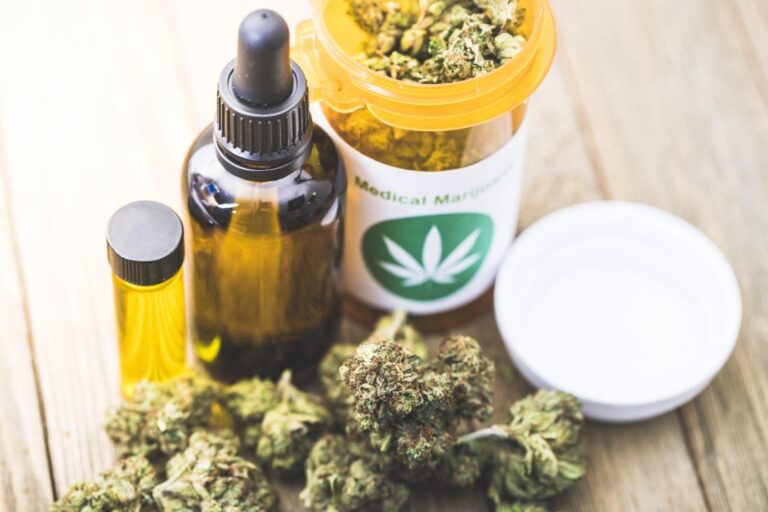Over the past few decades, the use of medical marijuana has become increasingly common, with more and more states legalizing its use for medicinal purposes. One of the key components of marijuana that is thought to have medicinal properties is delta-9-tetrahydrocannabinol or THC.
As medical marijuana has become more widely accepted, the ways in which it is consumed have evolved. Let’s take a closer look at how medical THC products have changed over time.
Smoking

One of the most common ways that people have historically consumed THC is through smoking marijuana. This method involves lighting the plant and inhaling the smoke, which delivers THC and other cannabinoids into the body. Smoking marijuana can provide a rapid onset of effects, but it also has some downsides.
For one, smoking anything can be harmful to the lungs, and inhaling marijuana smoke can cause respiratory issues. Additionally, smoking can be inconvenient or unpleasant for some people, as it requires a certain level of privacy and can produce a strong odor.
Edibles
Another way that people have consumed THC for medical purposes is through edibles. Edibles are food products that are infused with THC, usually in the form of an extract or oil. This method of consumption has become increasingly popular over the past few years, as it eliminates the need to inhale smoke and can be more discreet than smoking.
Edibles also have the benefit of lasting longer than smoked marijuana, as the body metabolizes THC differently when it is ingested. This can provide more sustained relief for patients who need long-term pain management, or chronic conditions such as anxiety.
One downside of edibles, however, is that they can be difficult to dose accurately. Because the THC is metabolized differently when it is ingested, it can take longer for the effects to be felt, and it can be harder to predict how strong those effects will be.
Tinctures

Tinctures are another way that medical cannabis products have evolved over time. A tincture is a liquid solution that is infused with THC, and it is usually taken sublingually (under the tongue).
Tinctures provide a fast-acting and discrete method of consumption, as the effects can be felt within minutes and the liquid can be easily concealed in a small bottle. Tinctures also offer more precise dosing than edibles, as patients can measure out small amounts of liquid to achieve the desired effects.
Topicals
Finally, medical THC products have evolved to include topicals. Topicals are lotions, balms, or other skin products that are infused with THC and are designed to be applied directly to the skin.
These products are intended to provide localized pain relief without the psychoactive effects that come with consuming THC orally. Topicals are becoming increasingly popular among patients who want to avoid the high associated with marijuana use but still need relief from localized pain or inflammation.
One downside of topicals, however, is that they can be less effective for some patients than other forms of THC consumption. Because it does not enter the bloodstream when it is applied topically, it may not be as effective at providing whole-body pain relief as other methods of consumption.

Conclusion
Overall, the evolution of medical THC products has been driven by a desire to provide patients with safe, effective, and convenient methods of consumption. Smoking marijuana, while still popular among some patients, is becoming less common as new methods of consumption become available.
Edibles, tinctures, and topicals offer different benefits and drawbacks, but all are becoming increasingly popular as more states legalize the use of medical marijuana. As research continues, we can expect to see even more innovative products hitting the market in the years to come.

